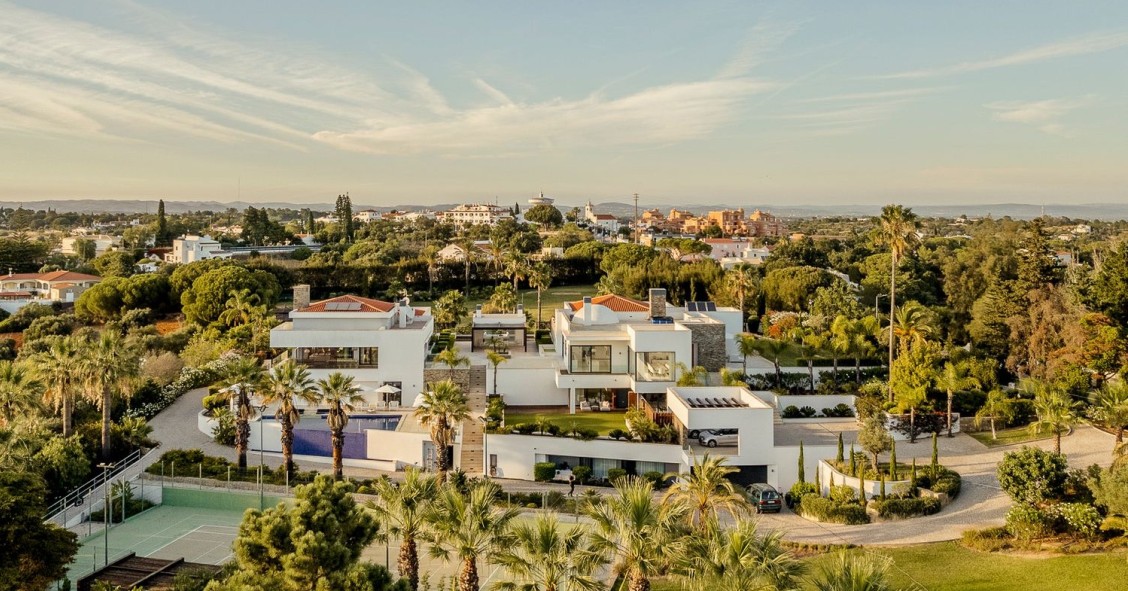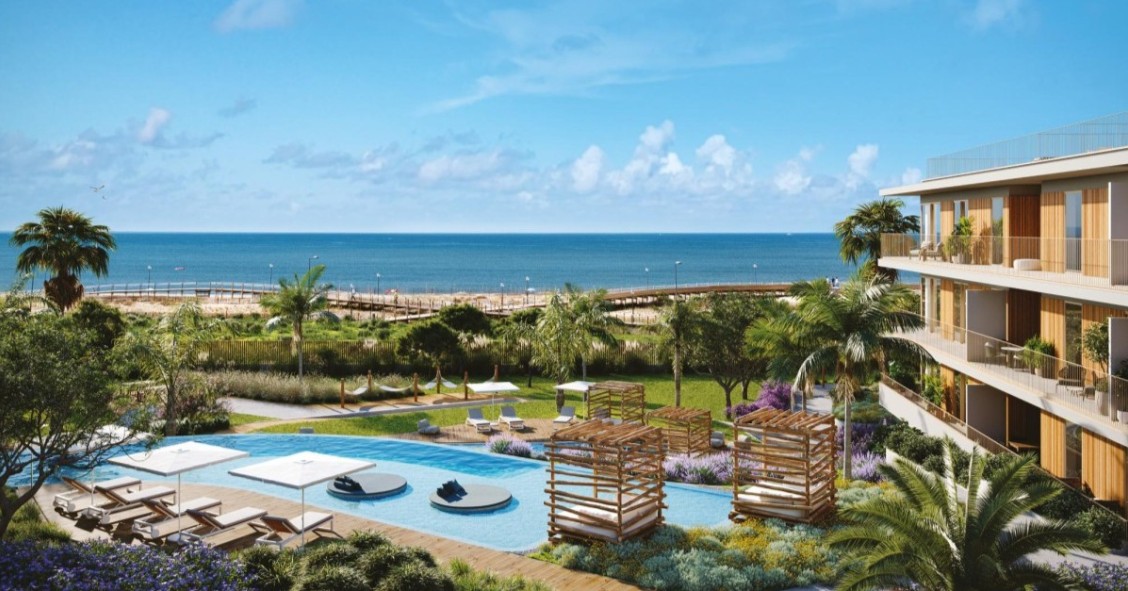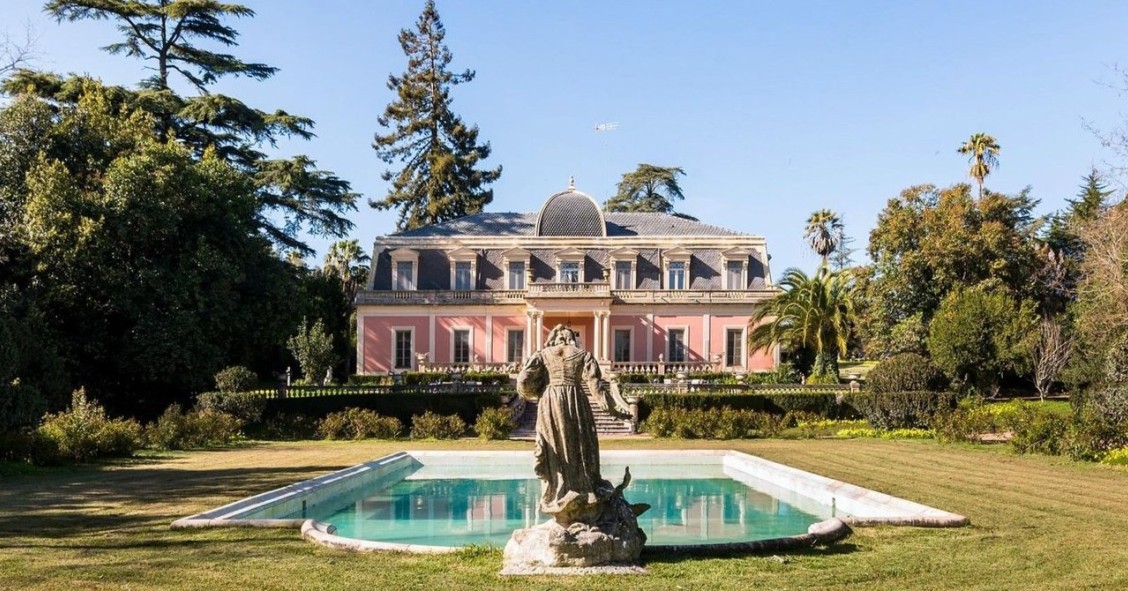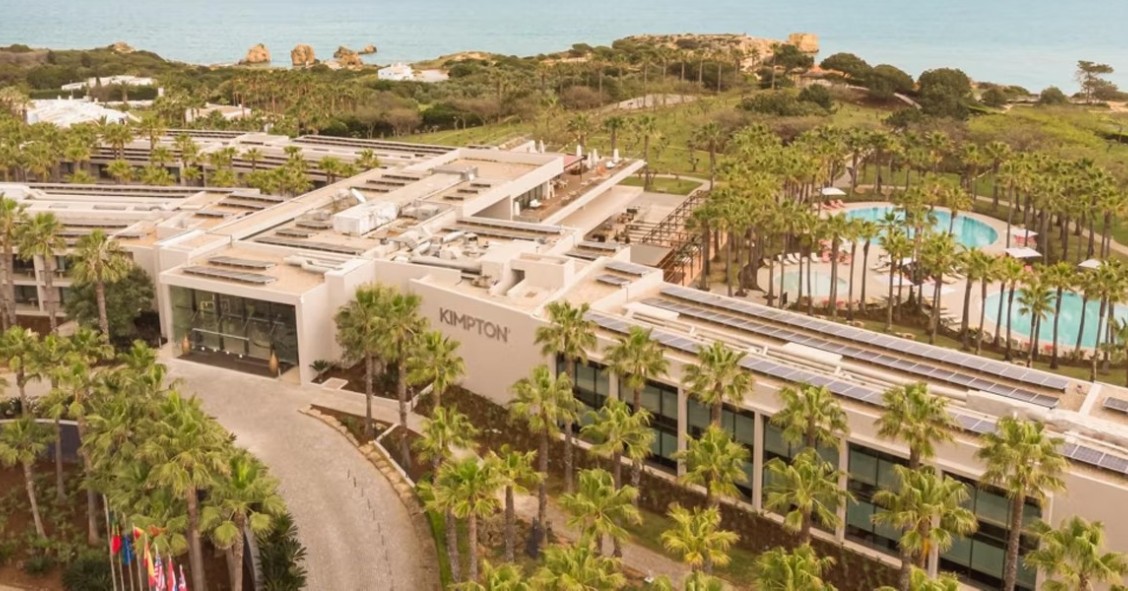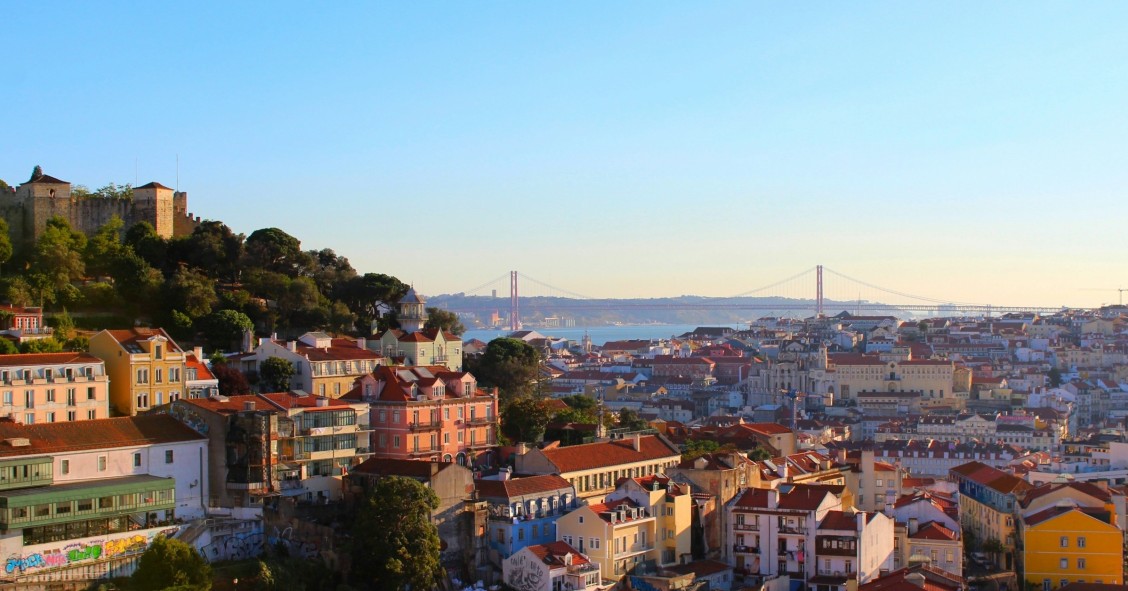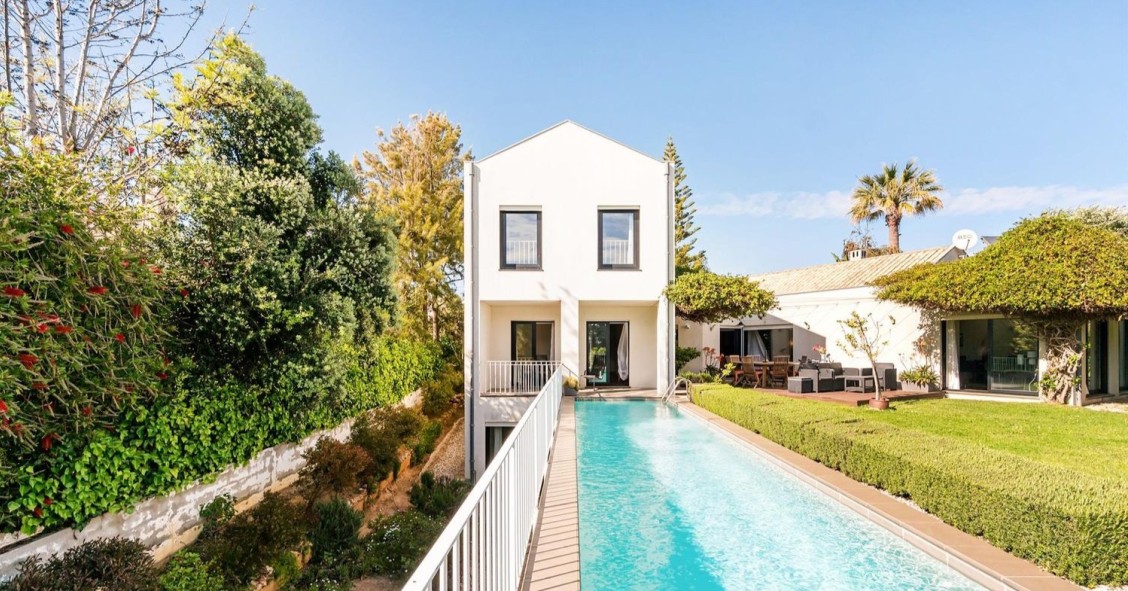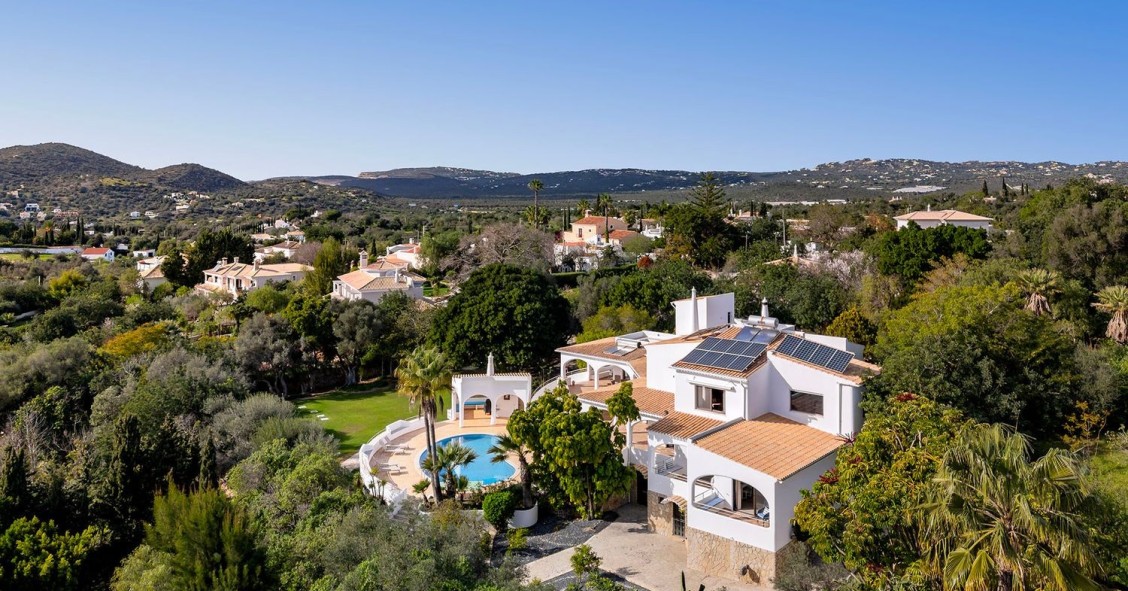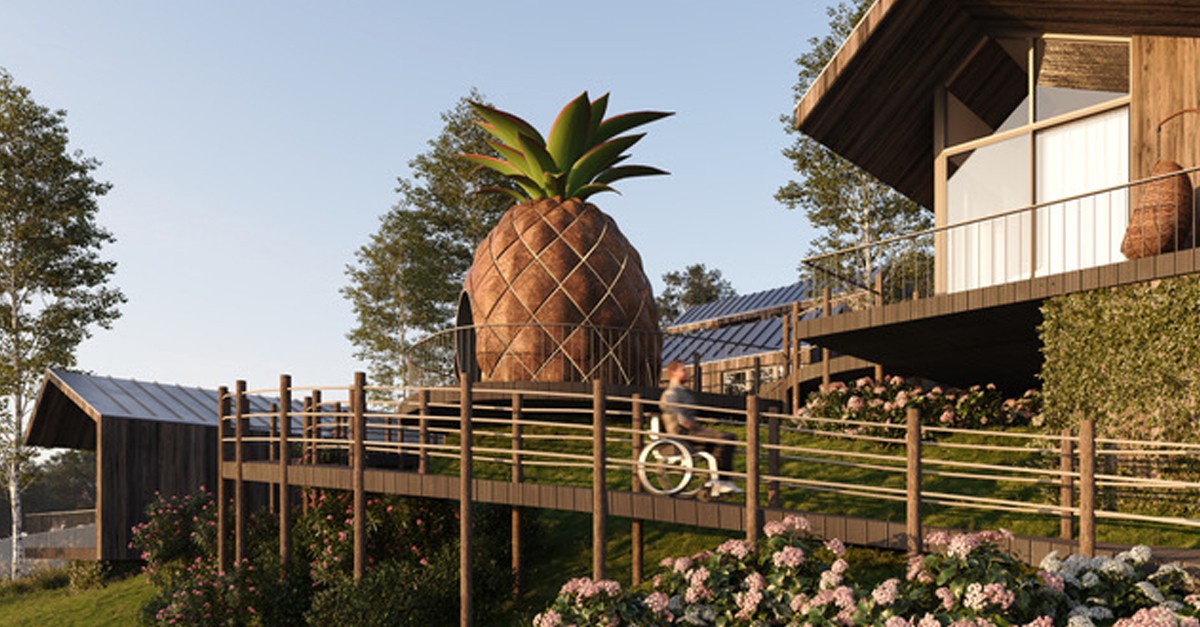
The Azores are preparing to welcome an innovative tourism project that promises to redefine the concept of luxury, well-being, and connection to nature. Villa Dhälm, set to be built on the stunning São Miguel Island, will serve as an exclusive retreat where sophistication and sustainability come together to create a memorable experience.
With a unique concept, this new development will feature an iconic element that promises to attract visitors from around the world: Portugal's largest pineapple sculpture, which will house a jacuzzi inside. This singular piece will not only pay tribute to São Miguel's emblematic fruit but will also become one of the most Instagrammable spots in the archipelago.
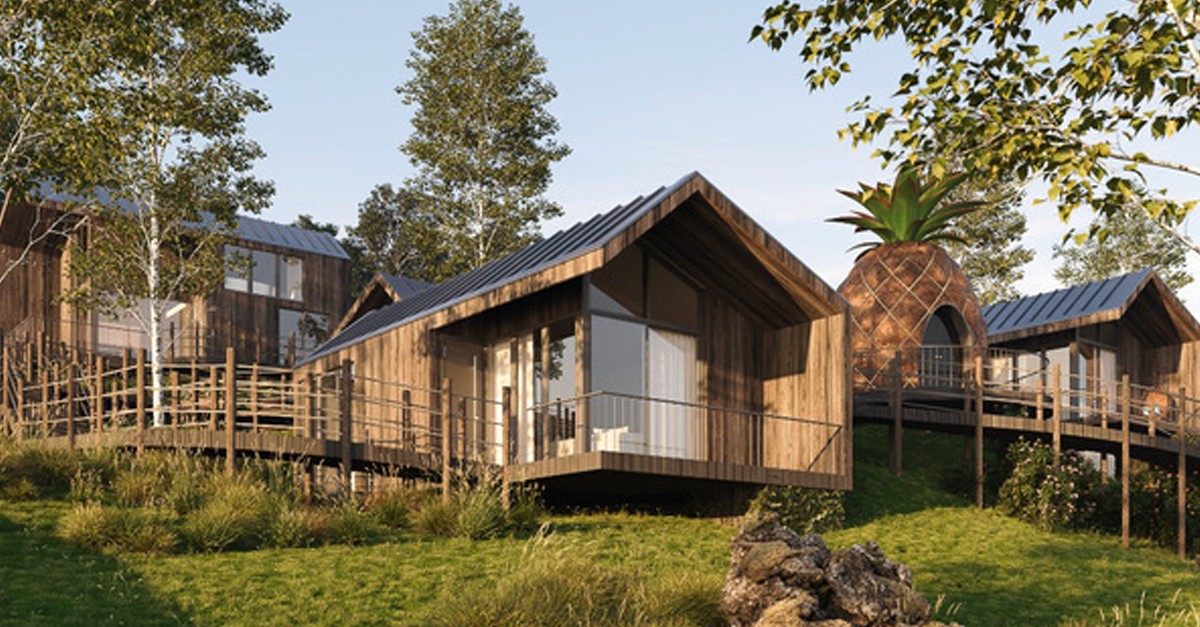
A sensory and sustainable experience
In addition to the exotic jacuzzi, Villa Dhälm aims to offer a unique approach to luxury tourism. Inspired by the island's volcanic origin, all the homes within the development will feature bathtubs designed to replicate the colours and lights of an active volcano, providing an immersive and sensory experience, as explained to idealista/news by the project's developers, Daniela Cunha and Márcio Freitas.

Sustainability is one of the central pillars of the project. To minimise the environmental impact and highlight the region's natural resources, Cryptomeria wood from the Azores will be used in the construction of the housing units. Villa Dhälm will also incorporate a rainwater recycling system, double-glazed windows with thermal insulation, and solar panels, ensuring comfort and energy efficiency.
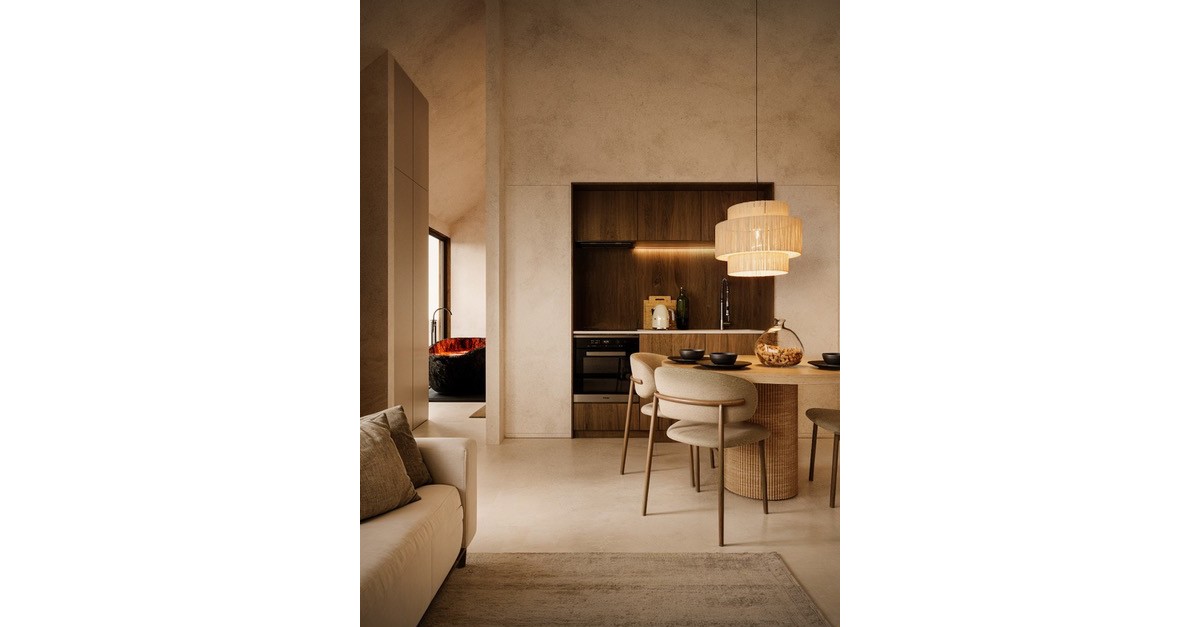
A project with its own identity
The name "Dhälm" carries a deep meaning: it is the combination of the initials of Daniela and Márcio, along with "alm," which represents the soul and dedication put into the realisation of this dream.

Located in the parish of Feteiras, just 10 minutes from São Miguel Airport, Villa Dhälm has already received approval from Turismo dos Açores as a 4-star tourist accommodation and is in the final stages of licensing, with construction expected to begin between May and June.

The estimated duration of the works is 13 months, allowing the project to be completed by the end of next summer.

